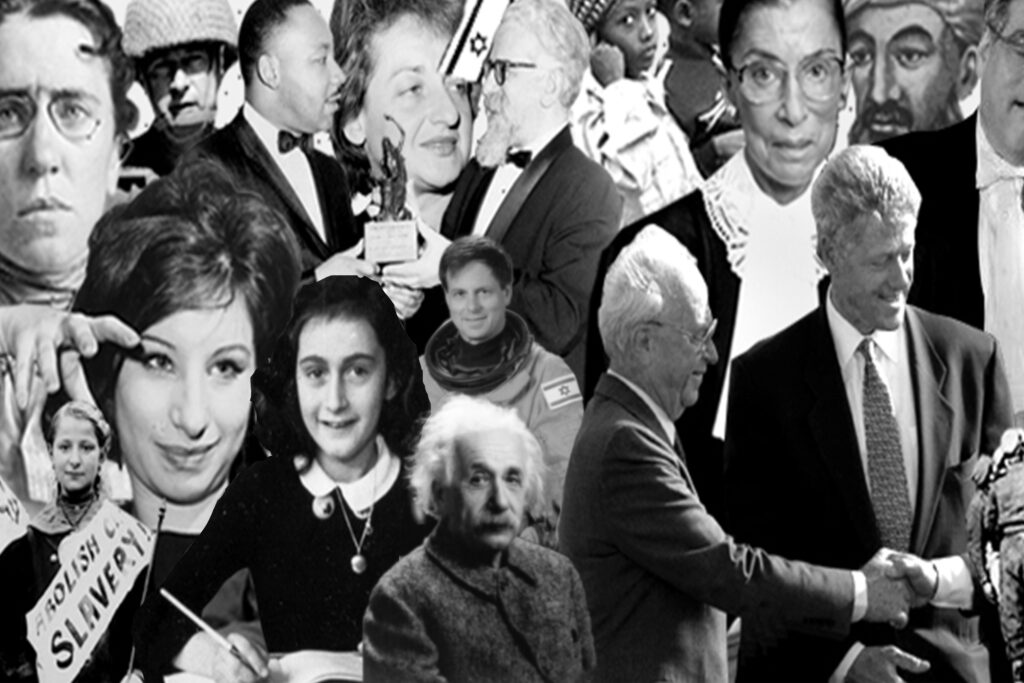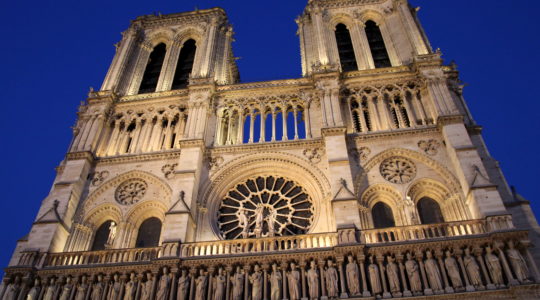Rabbi Israel Goldstein of Congregation B’nai Jeshurun and President of the Jewish Conciliation Court of America, arrived on the “Europa” after a summer spent in Palestine, Turkey, Russia and Holland. His special interest was to observe the conditions of Jewish life in Palestine and Russia.
In Palestine, Rabbi Goldstein found Jewish life developing strength and permanence. The complexion of the cities, Jerusalem, Tel Aviv, and Haifa, has changed substantially due to large building activity, he stated. New houses, many of them of the modernistic design, have been erected and new residential sections have been developed.
The most important single enterprise which has developed in Palestine during the past several years is the potash works at the Dead Sea which afford employment for Arabs and Jews alike, he said.
While in Palestine, Rabbi Goldstein in behalf of Young Judaea, of which he is a former President and now an Honorary Chairman of the Board of Trustees, met with representatives of the Boy Scout organizations and succeeded in getting the scout groups together on a common program which Young Judaea in America will help to support.
Regarding Russia, Rabbi Goldstein states that while the religious institutions of Judaism seems to be doomed, the Yiddish culture is being encouraged by the government as part of the government’s general policy to encourage and stimulate the cultural autonomy of its constituent populations.
Rabbi Goldstein also attended the Anti-War Congress which was held in Amsterdam, Holland, on August 27th, 28th and 29th, and was attended by delegates from Germany, France, England, Poland and the United States.

Help ensure Jewish news remains accessible to all. Your donation to the Jewish Telegraphic Agency powers the trusted journalism that has connected Jewish communities worldwide for more than 100 years. With your help, JTA can continue to deliver vital news and insights. Donate today.
The Archive of the Jewish Telegraphic Agency includes articles published from 1923 to 2008. Archive stories reflect the journalistic standards and practices of the time they were published.



